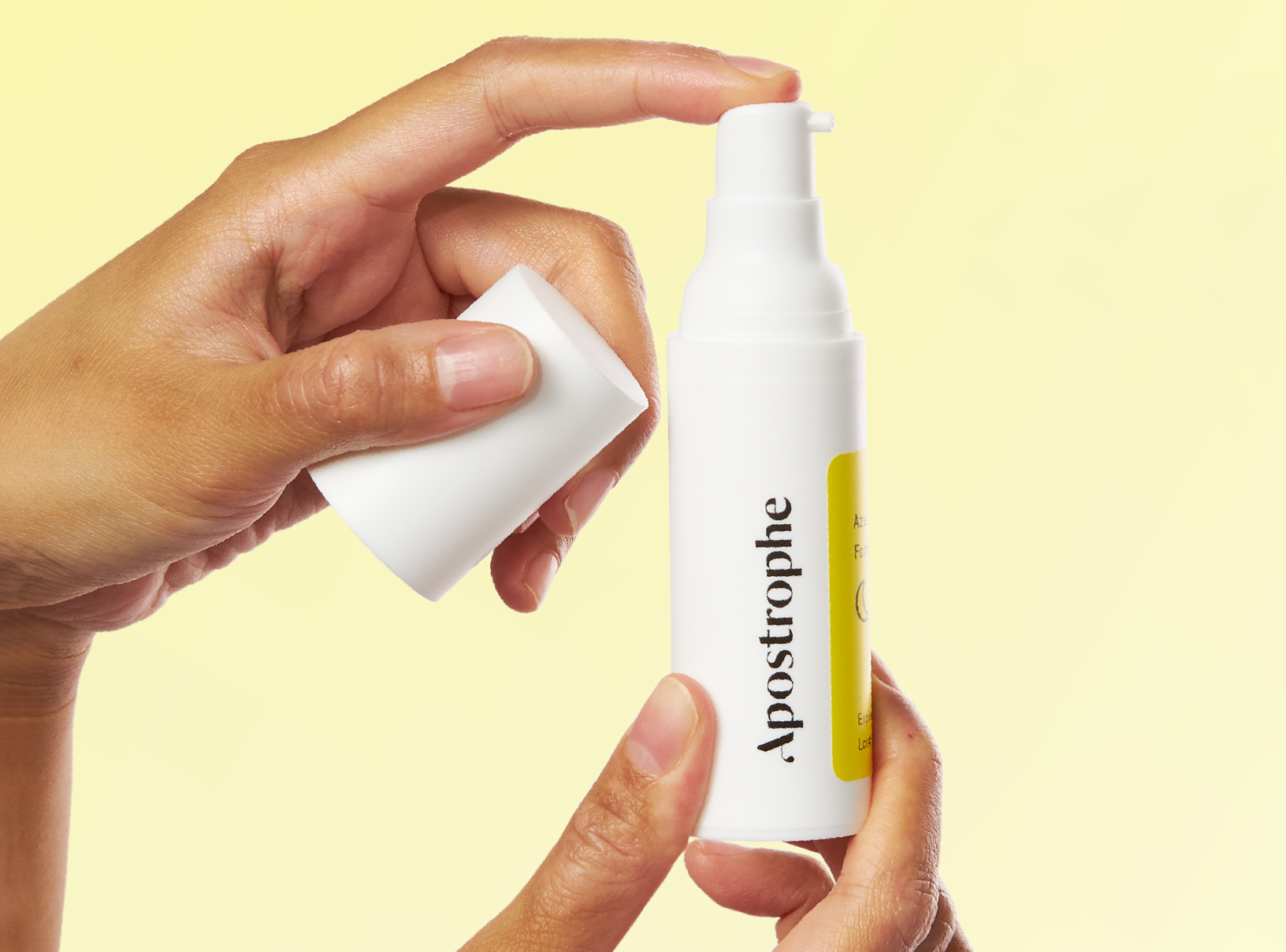Education
How Many Ways Can You Treat Retinol Burn?
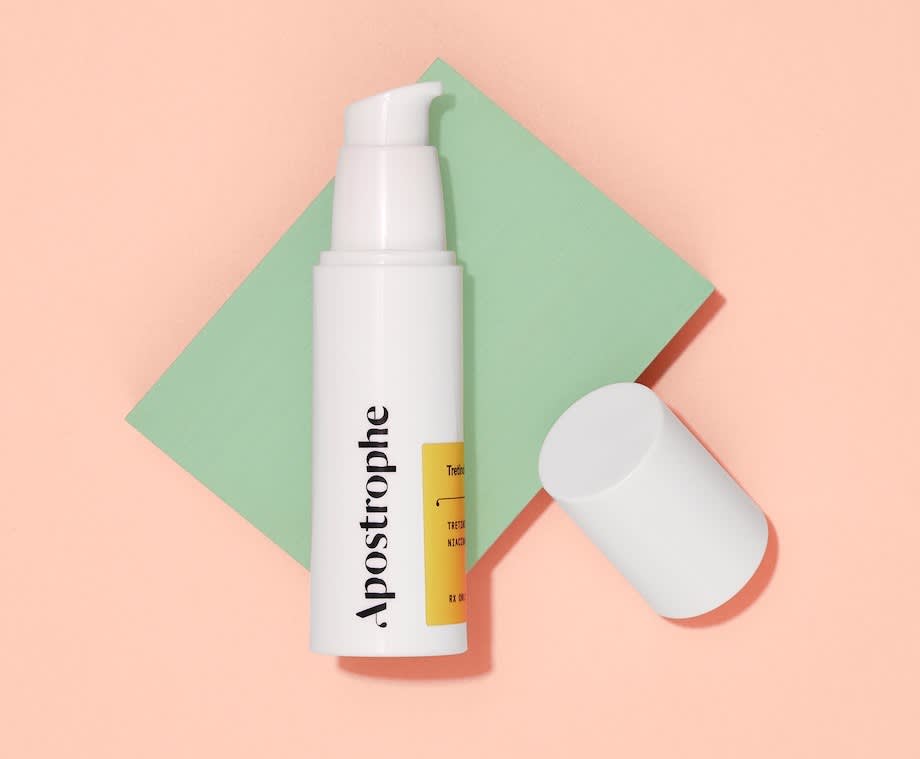
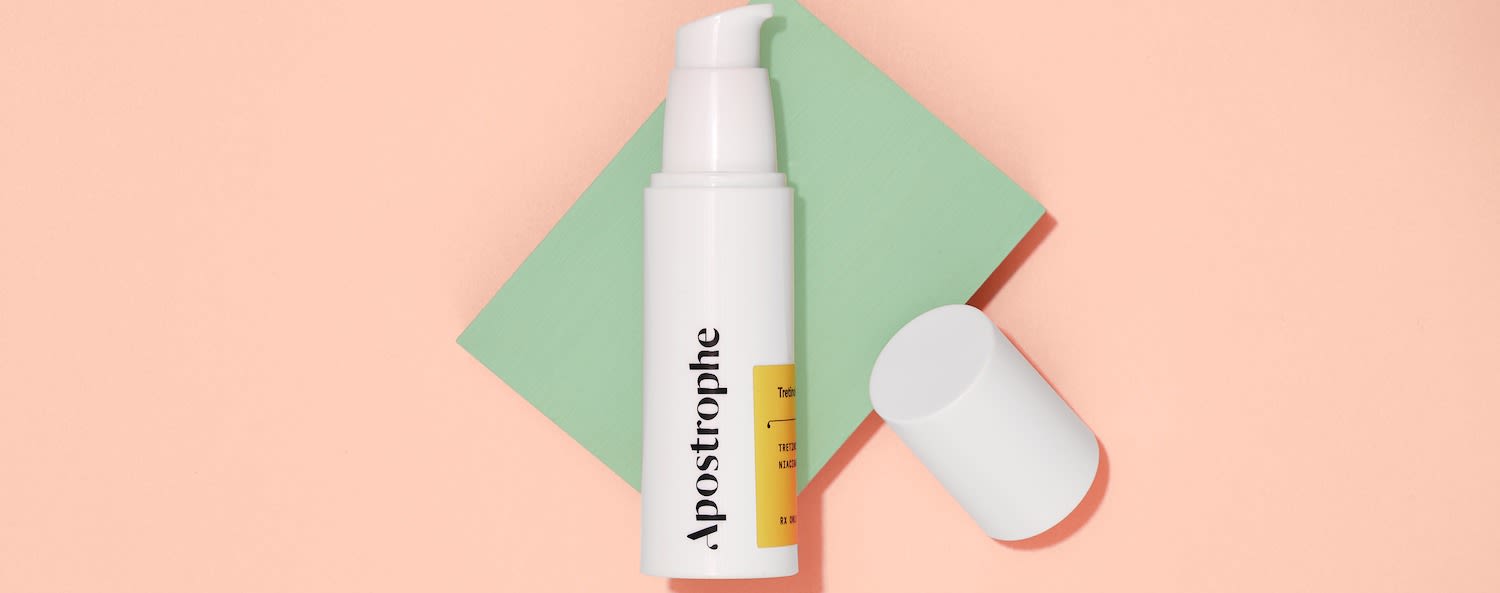
SHARE
Education
How Many Ways Can You Treat Retinol Burn?
Medically reviewed by Kristin Hall, FNP
Written by Apostrophe Team
Last updated 4/5/2024
Retinoids are considered mainstay treatments in the world of acne and aging, and for good reason — they work. However, as we’ll talk about below, they come with some side effects that can make sticking to them difficult for some users — “retinol burn” is one of those side effects.
But what is retinol burn? Is it as bad as it sounds? And how can you treat it if you’re experiencing it?
You’ve heard the old adage: you can’t have a rainbow without a little rain.
So, grab an umbrella, and let’s get to it.
What Is Retinol?
Retinol is part of the retinoid family, a group of medications derived from vitamin A, which helps regulate cell growth and skin shedding.
Cell growth is what contributes to the health — or lack thereof — of your skin.
Retinol is a topical ingredient used in many over-the-counter skin care products to do everything from help fight acne to reduce the appearance of wrinkles and other telltale signs of aging.
In simpler terms: it’s one hell of a skin care product.
Now, it’s important to not confuse retinol with other members of the retinoid family, like tretinoin. Tretinoin is a prescription retinoid that’s also used to treat acne and signs of aging, but it packs a harder punch.
On the “Onomatopoeia Batman Punch Sound Scale” (which we just made up), retinol is a “POW!” while tretinoin is more of a “KABOOM!”
Retinoids have been used for more than 20 years, and vitamin A was the first anti-aging topical approved by the FDA after rigorous clinical studies.
Better yet, retinol is an over-the-counter product that you can get by hopping down to your local pharmacy.
The way retinol works to reduce wrinkles is by enhancing your skin’s production of collagen, a protein that creates a deep network of fibers that influences the texture and appearance of our skin.
It also speeds up your skin’s cell turnover rate, which helps slough away dead skin cells that are replaced with fresh, healthy skin cells.
What Is Retinol Burn?
Anything with the word "burn" in the title probably sounds intimidating to most folks. But when it comes to “retinol burn,” it’s not as bad as it sounds.
Retinol burn simply means a degree of adverse reaction to retinol, resulting in mild skin irritation.
Symptoms of retinol burn appear as some redness on the skin.
The redness is, again, a sign of some simple irritation that subsides in time.
Another common reaction to the retinoid is skin peeling. However, this skin peeling subsides over time.
Think about it this way: you’re introducing a new substance to your skin chemistry.
While vitamin A is about as natural as it gets, your body still needs some time to adjust to the new treatment you’re applying.
The encouraging news is: over time, your skin adjusts to the use of retinol, allowing the benefits of retinoids to shine through.
How Can You Treat Retinol Burn?
Retinol burn is a bummer. Luckily, there are many tools at your disposal to soothe and get rid of it. Here are some of our suggestions:
Moderation
Your first line of defense against treating retinol burn is avoiding it entirely. You can decrease your chances of retinol burn by using a face serum with a low concentration.
Retinol is available in several concentrations. The most common ones range anywhere from .25% to 1%, respectively.
Those numbers may not sound like much, but there’s a lot of wiggle room when you’re trying to figure out which retinol concentration is best for you. If you’re finding the 1% cream to be much too harsh, bumping it down a product with maybe .5% or .3% concentration would be just right.
You can also moderate your use — instead of using your retinol treatment daily, you can try alternating it to every-other-day use.
Ice
You’ve used it effectively when nursing a sports injury, and you can use it when dealing with a bit of retinol burn.
Apply some ice throughout the day — not too much, of course — to keep your skin cool and soothed.
Stay Out of The Sun
Sunlight has been found to be an irritant when it comes in contact with retinol on your skin.
Because retinoids make your skin more photosensitive, it’s best to apply them at night, right before bed.
Of course, you can’t just stay inside all day. So, when you do go out, make sure you’re also using a broad-spectrum sunscreen with at least an SPF 30 rating — even if you’re not using retinol!
Moisturizers
Over-the-counter moisturizers and soothing creams such as aloe vera and witch hazel can help combat your retinol burn.
Another over-the-counter remedy can be a skin moisturizer that will hydrate your skin and combat the flakiness and peeling caused by the retinol burn.
Consult a Medical Professional
So, you’ve started using retinol and you’re noticing the telltale signs of retinol burn — red, irritated skin. Woof.
The best thing you can do — yes, above all the other suggestions listed above — is contact a dermatology professional or your healthcare provider.
They’re professionals. They’ll help you figure out a way to treat your retinol burn, make suggestions about what you can do to prevent it, or even suggest alternative methods to help you treat your acne blemishes or make quick work of your aging woes.
You Can Improve Your Skin Today
The potpourri of skin care options can be overwhelming. The questions you may ask yourself — the goals you may have for your skin — may be enough to make you dizzy. What should I use to best take care of my face? Who should I consult in order to get the best results?
Retinoids are well-researched, effective, and generally safe medications that can help you level the playing field against acne and time. But using them can come with some tough side effects.
In the case of retinol — the less potent, over-the-counter member of the retinoid family — that can mean retinol burn. Luckily, the symptoms of retinol burner are generally mild and super treatable with things like ice, time, and avoiding direct sunlight.
It also definitely couldn’t hurt to call in the pros, if need be. They’ll be able to give you the info you need to put retinol burn in your rearview.
Mukherjee, S., Date, A., Patravale, V., Korting, H. C., Roeder, A., & Weindl, G. (2006). Retinoids in the treatment of skin aging: an overview of clinical efficacy and safety. Clinical interventions in aging, 1(4), 327–348. https://doi.org/10.2147/ciia.2006.1.4.327. Available from: https://www.ncbi.nlm.nih.gov/pmc/articles/PMC2699641/.
Topical treatment of acne vulgaris: retinoids and cutaneous irritation. Leyden JJJ Am Acad Dermatol. 1998 Apr; 38(4):S1-4. Retrieved from: https://pubmed.ncbi.nlm.nih.gov/9555819/
Yin, S., Luo, J., Qian, A., Du, J., Yang, Q., Zhou, S., Yu, W., Du, G., Clark, R. B., Walters, E. T., Carlton, S. M., & Hu, H. (2013). Retinoids activate the irritant receptor TRPV1 and produce sensory hypersensitivity. The Journal of clinical investigation, 123(9), 3941–3951. https://doi.org/10.1172/JCI66413. Available from: https://pubmed.ncbi.nlm.nih.gov/23925292/
Wu M, Cronin K, Crane JS. Biochemistry, Collagen Synthesis. updated 2021 sep 13. In: StatPearls internet. Treasure Island (FL): StatPearls Publishing; 2022 Jan-. Available from: https://www.ncbi.nlm.nih.gov/books/NBK507709/
Collagen | The Nutrition Source | Harvard TH Chan School of Public Health. (n.d.). Harvard T.H. Chan School of Public Health. https://www.hsph.harvard.edu/nutritionsource/collagen/
Zasada, M., & Budzisz, E. (2019). Retinoids: active molecules influencing skin structure formation in cosmetic and dermatological treatments. Postępy dermatologii i alergologii, 36(4), 392–397. https://doi.org/10.5114/ada.2019.87443. Retrieved from: https://www.ncbi.nlm.nih.gov/pmc/articles/PMC6791161/.
Hydroxy acids and retinoids in cosmetics. Ramos-e-Silva M, Hexsel DM, Rutowitsch MS, Zechmeister M. Clin Dermatol. 2001 Jul-Aug; 19(4):460-6. Available from: https://pubmed.ncbi.nlm.nih.gov/11535389/
MedlinePlus. (n.d.). Tretinoin Topical. MedlinePlus.gov. Available from: https://medlineplus.gov/druginfo/meds/a682437.html
Harvard Health Publishing. Harvard Medical School. Author Name Unavailable. 22 October 2019. Do Retinoids Really Reduce Wrinkles? Retrieved from: https://www.health.harvard.edu/staying-healthy/do-retinoids-really-reduce-wrinkles.
American Osteopathic College of Dermatology. (n.d.). Retinoids, Topical. American Osteopathic College of Dermatology. Available from: https://www.aocd.org/page/Retinoidstopical
Like what you just read? Sign up for our email list to get the scoop on skincare science delivered straight to your inbox.
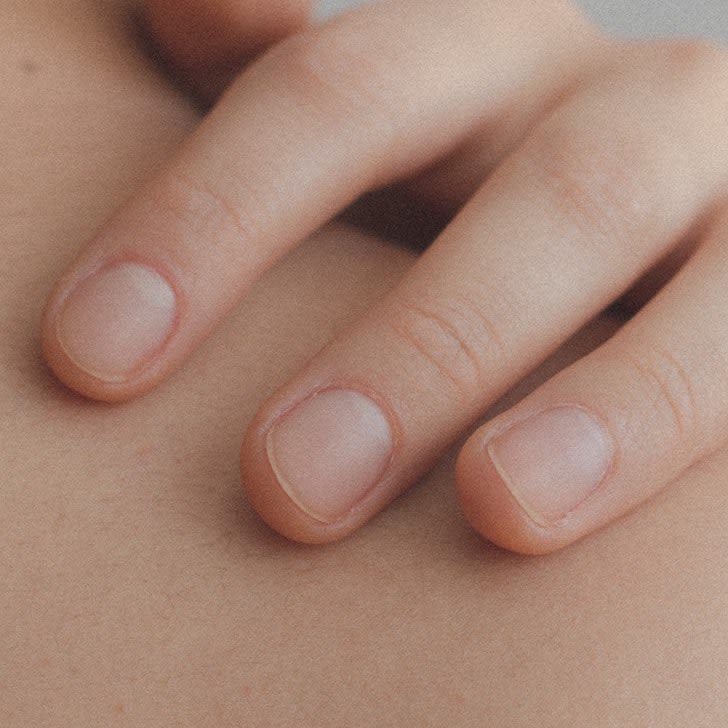
Education
What is milia?
What is milia? Today, we’re jumping into one type of bump that you may have heard about most commonly in infants — milia.
Read More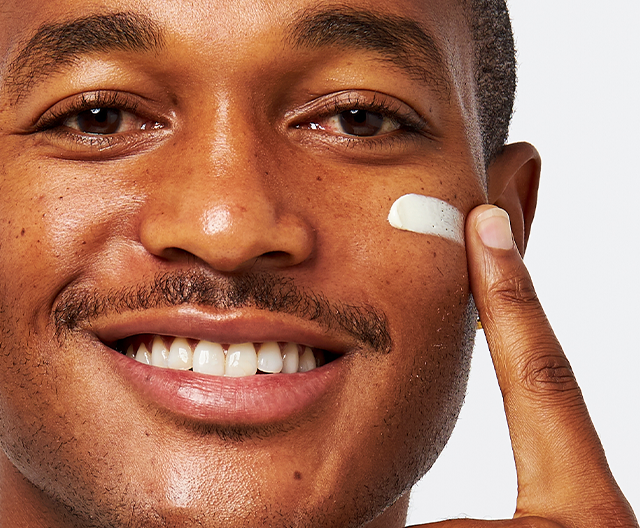
Education
Best moisturizer for acne-prone skin
If you have combination acne-prone skin, figuring out which moisturizer is best for your skin might be tough. In this guide, we break down the best moisturizer for combination, acne-prone skin.
Read More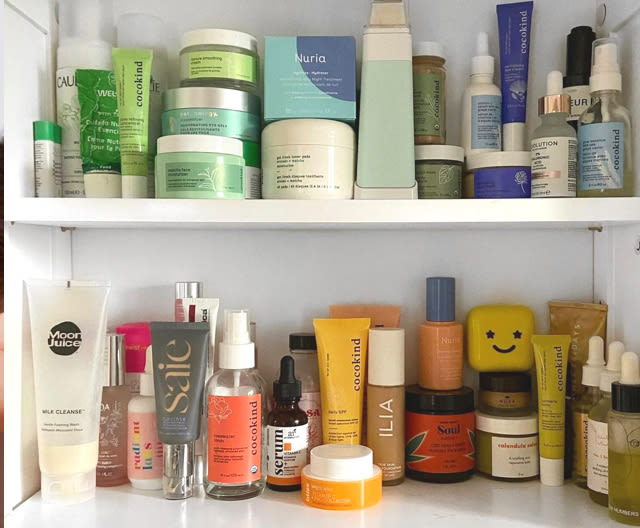
Education
How to build a face care routine
As you get into skincare, it might seem overwhelming, especially trying to figure out the order you're supposed to apply products in. Below, we detail how to build a face care routine for your skin!
Read More